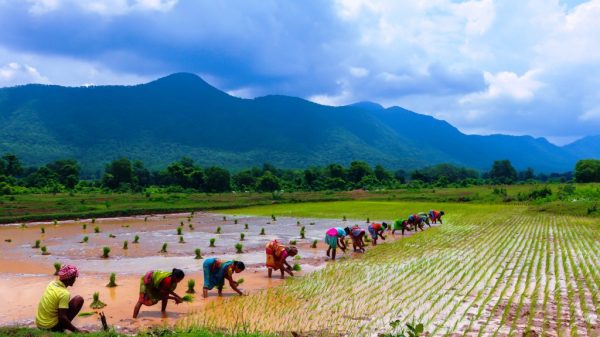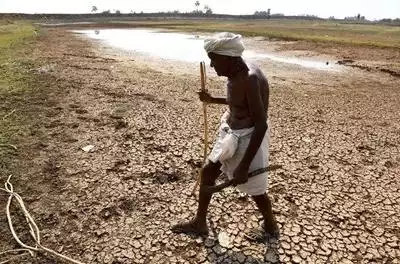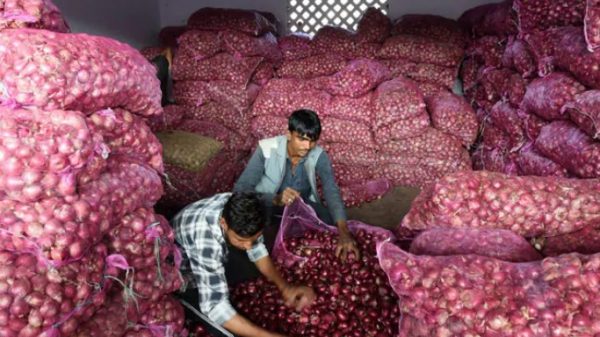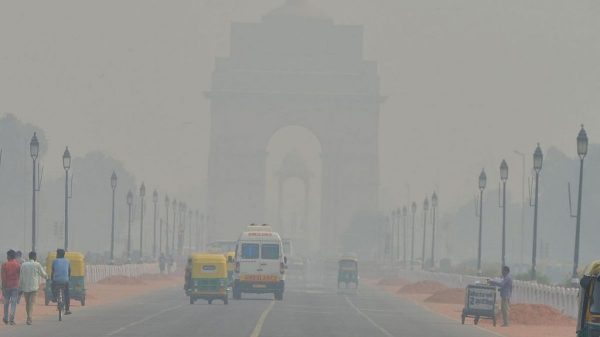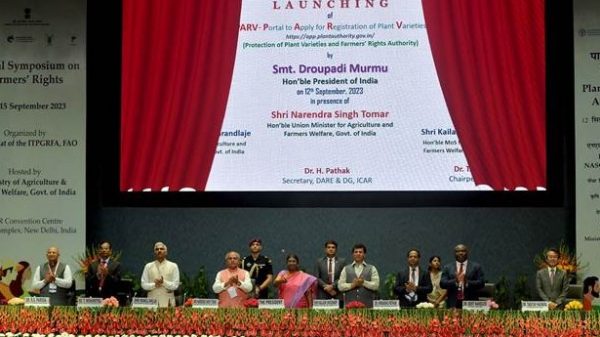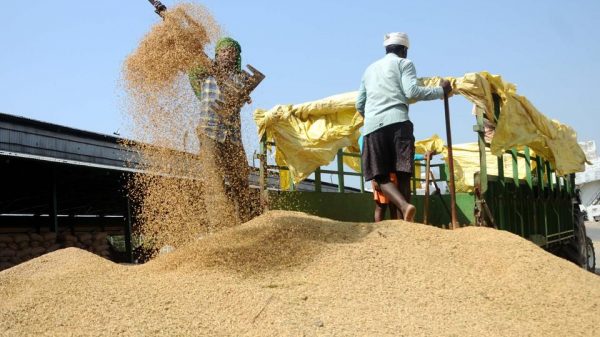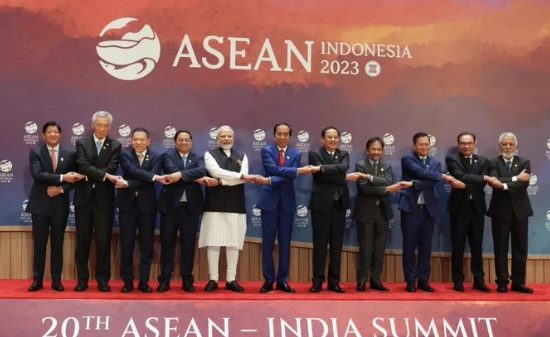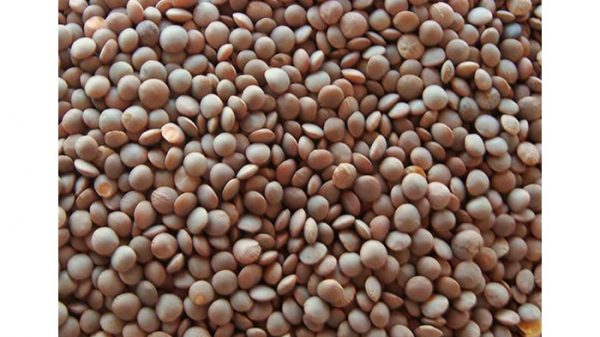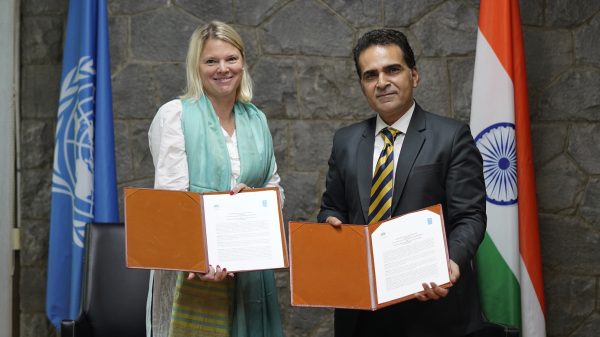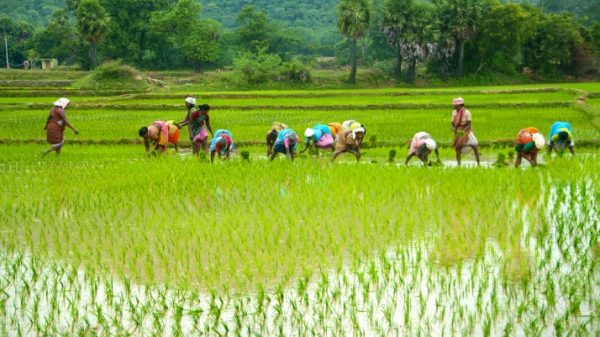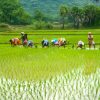India has experienced its driest August in more than a century, with a rainfall deficiency of 36%, according to data released by the India Meteorological Department (IMD) on Thursday. The country has received 10% lower rainfall than normal from June 1 to August 31, raising concerns about its impact on agriculture and the overall economy.
Driest and hottest August in 122 Years
August 2023 marked an unprecedented meteorological event, as it emerged as the driest and warmest August on record since 1901. The IMD reported that this record-breaking dry and hot spell has significant implications for the nation, where agriculture heavily depends on the monsoon rains.
The IMD forecasts that the monsoon season, which is critical for India’s $3 trillion economy, will conclude with “below-normal” rainfall. A sequence of erratic rain patterns was observed throughout the monsoon season, with a 9% deficiency in June, 13% excess in July, and a substantial 36% deficit in August. Despite predictions of “normal” rainfall in September, the cumulative monsoon season is expected to fall below 96% of the long period average (LPA), even in the best-case scenario.
India’s economy is already grappling with rising inflation, reaching a 15-month high of 7.44% in July. This inflation is attributed not only to seasonal spikes in vegetable prices but also to persistent increases in cereal prices. The deficiency in monsoon rainfall, which directly affects crop yields, may further worsen the food price inflation.
States across India have experienced varying levels of rainfall deficiency. Kerala has faced the most severe deficit at 48%, followed by Manipur and Jharkhand with 46% and 37% deficiency, respectively. In contrast, Ladakh has seen a significant surplus of 169%, with Chandigarh and Himachal Pradesh following with 61% and 31% surpluses, respectively.
Forecasts for September and beyond
The IMD’s predictions for September indicate that normal to above-normal rainfall is likely in certain regions, including northeast India, parts of the east, and the foothills of the Himalayas. However, below-normal rainfall is expected in most other parts of the country, including northwest India, Delhi-NCR, Rajasthan, Gujarat, and Maharashtra.
Despite the challenging monsoon season, the overall impact on agriculture has been relatively limited due to early rains in July, allowing farmers to sow crops, including paddy, which is a major water-dependent crop. The agriculture ministry’s sown area data, released last Friday, shows an increase in paddy acreage by over 4% compared to the previous year.
While the IMD predicts an end to the monsoon season with a deficit, it does not anticipate a drought year like those seen in 2014 and 2015. However, the weather department warns that the dry and hot conditions observed in August highlight the growing challenges posed by climate change and extreme weather events.


